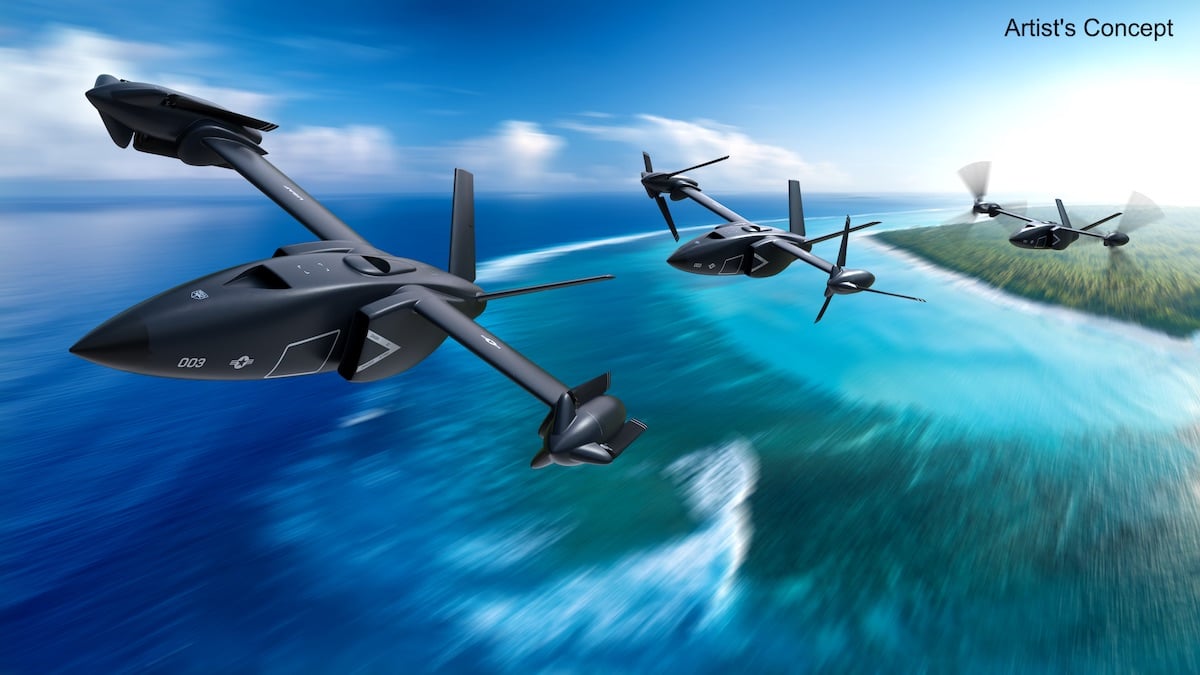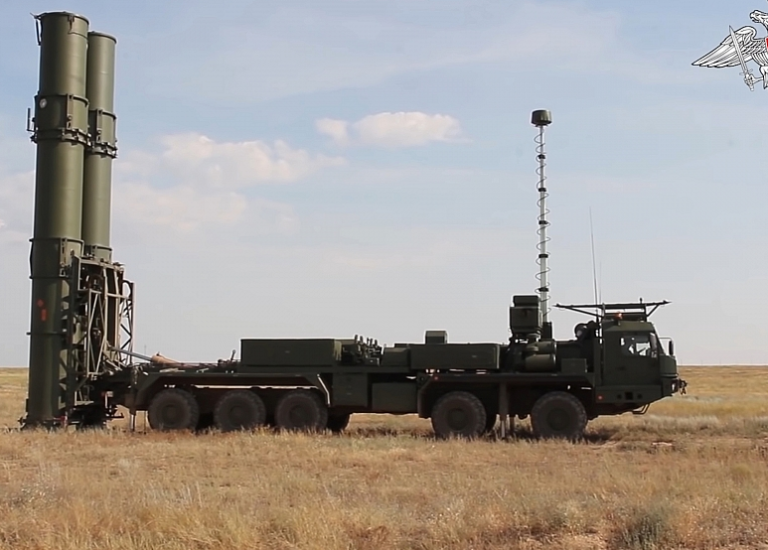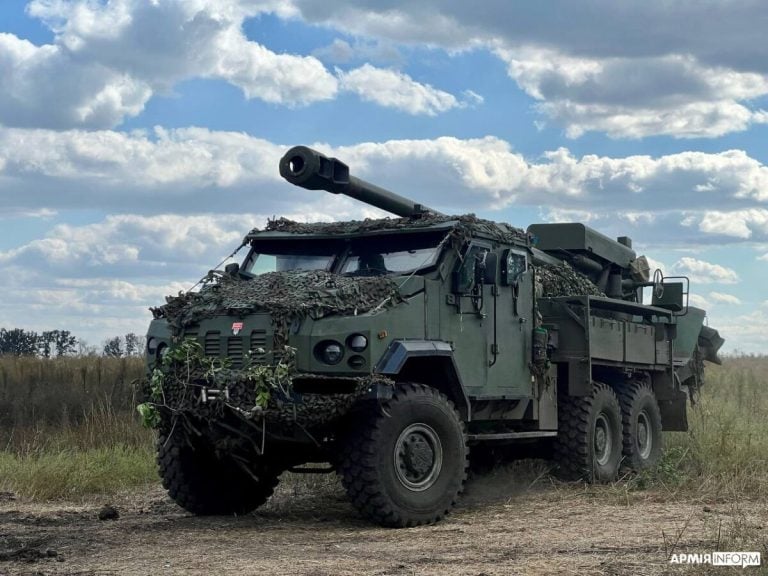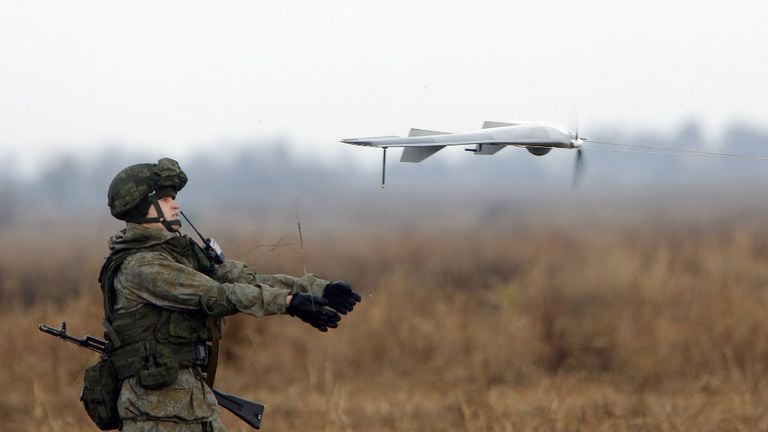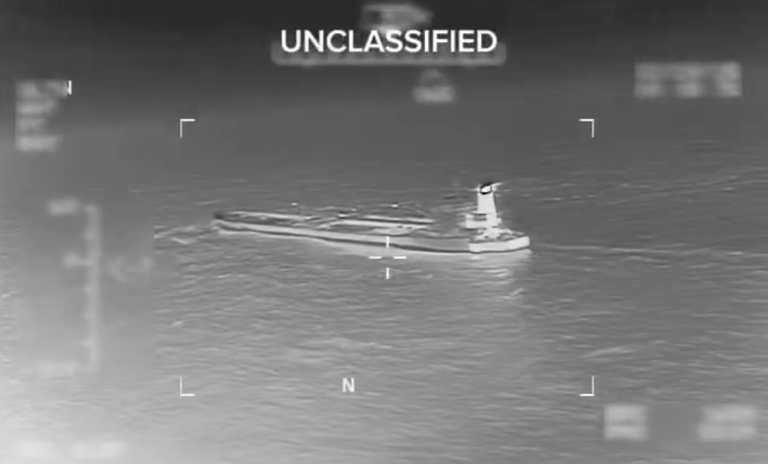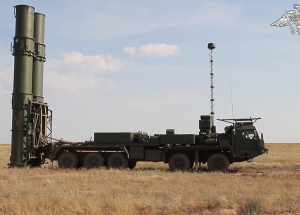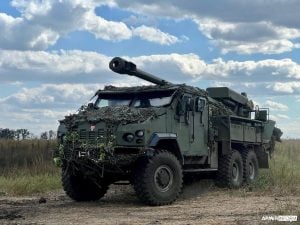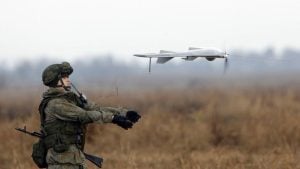Bell Textron has emerged as the sole contractor for the U.S. Defense Advanced Research Projects Agency’s (DARPA) high-speed experimental aircraft initiative, successfully outpacing Boeing’s subsidiary Aurora Flight Sciences in the competitive selection process. This significant development is part of Phase 2 of the Speed and Runway Independent Technologies (SPRINT) X-Plane program, which is set to push the boundaries of current aviation technology.
As part of this initiative, Bell is tasked with the comprehensive responsibilities of detailed design, construction, ground testing, and obtaining certification for its X-plane demonstrator. The ambitious timeline established by DARPA anticipates the completion of the demonstrator by 2027, followed by the initiation of flight testing in 2028, according to comments from a DARPA spokesperson shared with Breaking Defense.
Jason Hurst, Bell’s senior vice president for engineering, expressed the company’s enthusiasm about this project, highlighting their innovative aircraft that features the pioneering stop/fold technology. This technology enables the aircraft to take off vertically, akin to a helicopter, fold its rotors into its fuselage to minimize drag, and transition to jet engines for high-speed flight capabilities. Hurst explained, “This is an achievement we’ve been working towards for over 10 years, as we’ve leveraged our nearly 90-year history of X-plane development to bring new technology to our warfighters.”
The SPRINT program, which gained traction in March 2023 through collaboration between DARPA and the U.S. Special Operations Command, is focused on creating an experimental aircraft that marries the speed of a jet with the operational flexibility of a vertical takeoff and landing platform. The goal is to produce an aircraft capable of cruising at speeds ranging from 400 to 450 knots (740 to 833 kilometers per hour) without the necessity of a runway, while also being able to hover in austere environments from unprepared surfaces.
In addition to the SPRINT initiative, Bell is also engaged in the development of the U.S. Army’s Future Long Range Assault Aircraft, which aims to succeed the UH-60 Black Hawk medium utility helicopter fleet. This multifaceted approach underscores Bell’s commitment to advancing military aviation capabilities and enhancing the operational readiness of U.S. forces.
